
Its never too late to correct oral problems, as long as the patients age remains top of mind.

Its never too late to correct oral problems, as long as the patients age remains top of mind.
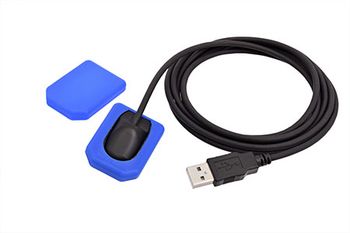
Veterinary dentist Dr. Jan Bellows introduces products that are making it easier for clients and veterinary practices to improve the oral health and well-being of cats and dogs.

You loved the GIFs. Now print this and give it to clients for something wonderful to chew on to teach some good dog toothbrushing techniques.
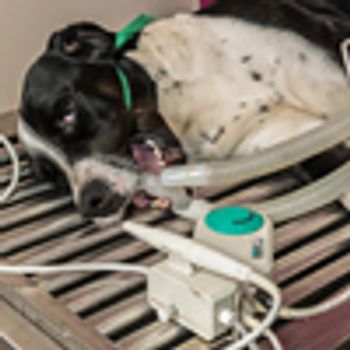
Reassure the client and get to yes on a veterinary dental procedure with tips from this script.

Heres our regular rundown of new and notable veterinary products.
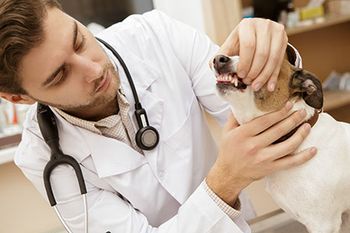
Researchers examine effectiveness of visual assessment in screening for periodontal disease.
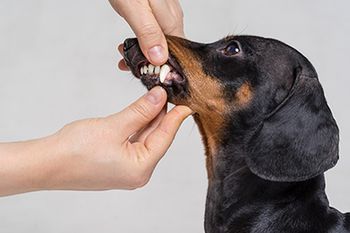
With a focus on the fundamental role of client education and effective preventive care, AAHA hopes to help veterinary professionals keep their patients healthy.

Using a chinchilla with acquired dental disease as an example, Dan Johnson, DVM, DABVP, shared the secret to owning a well-equipped exotic animal practice: supportive care.

Attention to persistent primary teeth is essential to the dental health of our patients, especially smaller breeds such as Maltese, Yorkshire terriers, Pomeranians and miniature Schnauzers.

Technician specialist Mary Berg is back to share another tip on veterinary dentistry.

Firm dental recommendations nearly tripled this veterinary practices client compliance.

Easy come, easy go. This veterinary technician suggests using plastic wrap for oral X-rays.

Its hard, but rewarding for you and your dentistry patient. Here are the main points to keep in mind when searching for success with a surgical flap after a tooth extraction.

This expert sees false hope for many in one offering.

Veterinary expert says if you're studied up, nothing can surprise you.
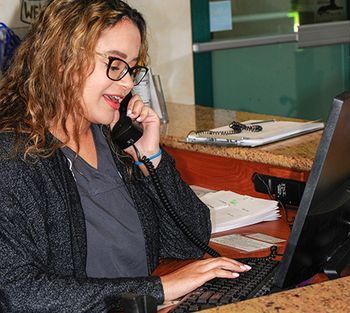
Has the flurry of dental appointments that accompanies Pet Dental Health Month compromised the careful dental care of our patients? Lets take a look at the true meaning of Q in veterinary dentistry.
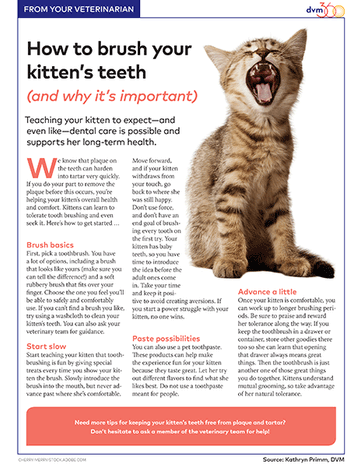
Help your veterinary clients teach their fanged friends to tolerateand maybe even likehaving their teeth brushed.
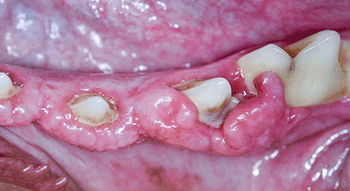
Do you know how to help patients with pockets? Get the lowdown on subgingival cleaning, laser gingivectomy and locally applied antimicrobials and sealants.

Free vaccines! Loyalty points! Dental discounts!

The histopathology report from the oral biopsy came back as malignantnow what? Surgery? Radiation? Chemotherapy? Watchful waiting?
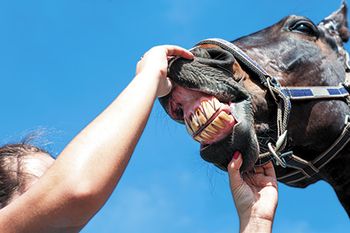
With class 1 malocclusions, warns an equine veterinary dentist, you must do a thorough examination of the bone structure before trying to even out a horses teeth.

Bad dog breath. We all know it when we smell it. It practically has its own genre of jokes. Still, many pet owners don't ask their veterinarians about it - and many veterinarians don't broach the issue with their clients. For veterinary patients, that truth can stink.Prevalence of periodontal diseasePeriodontal disease is the No. 1 diagnosed disease in small animals.1 It may also be the most commonly undiagnosed disease in that population.1 Consider that:
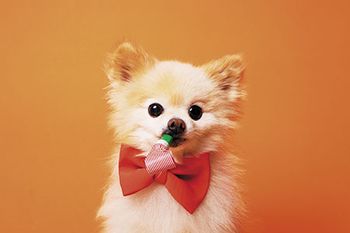
Most veterinary clients dont appreciate surprises when it comes to their pets dental proceduresespecially when the revelation is permanent and costs extra. Here are some steps you can take to avoid them in your practice.

This downloadable handout on tooth resorption for your veterinary clients will help remove some of the mystery of this perplexing but common dental condition.
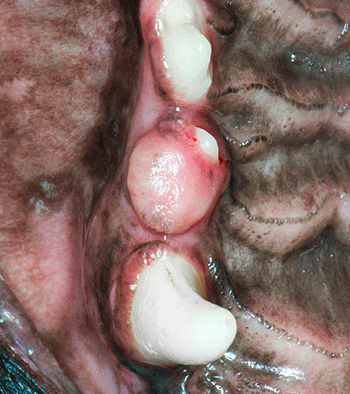
Observing a growth in a dog or cats mouth doesnt have to be an Oh, no! moment. With careful planning, cytology, histopathology and proper surgical margins, removing benign masses carry an excellent prognosis.